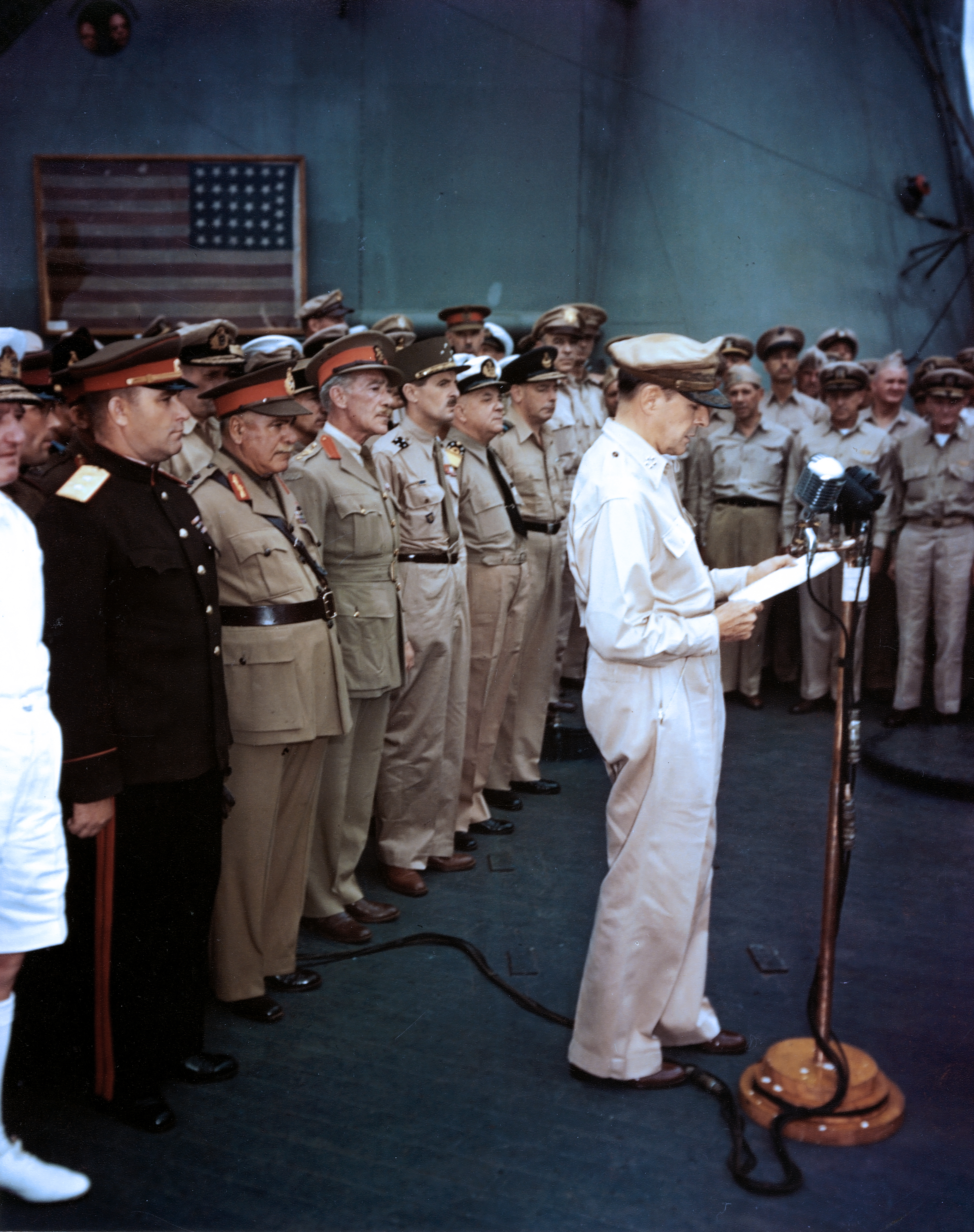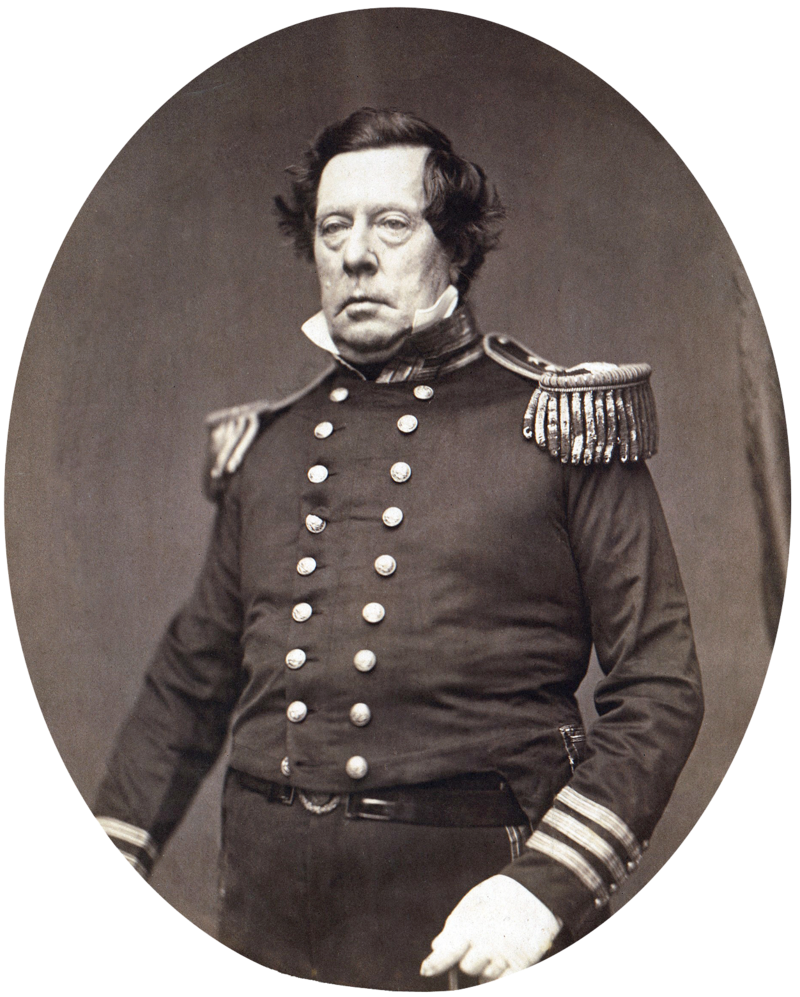Monday, June 27, 2016
Admiral Matthew C. Perry's Flag
It was ironic that Admiral Perry's flag was present during the surrender of Japan, since in reality, he was probably the main cause for Japan becoming the nation that they did.
Matthew Calbraith Perry (April 10, 1794 – March 4, 1858) was a Commodore of the United States Navy and commanded a number of ships. He served in several wars, most notably in the Mexican–American War and the War of 1812. He played a leading role in the opening of Japan to the West with the Convention of Kanagawa in 1854.
In 1852, Perry was assigned a mission by American President Millard Fillmore to force the opening of Japanese ports to American trade, through the use of gunboat diplomacy if necessary. The growing commerce between America and China, the presence of American whalers in waters offshore Japan, and the increasing monopolization of potential coaling stations by the British and French in Asia were all contributing factors. The Americans were also driven by concepts of manifest destiny and the desire to impose the benefits of western civilization on what they perceived as “backwards” Asian nations. The Japanese were forewarned by the Dutch of Perry’s voyage, but were unwilling to change their 220-year-old policy of national seclusion. There was considerable internal debate in Japan on how best to meet this potential threat to Japan’s economic and political sovereignty.
When Japan decided to open trade, they soon realized that their natural resources were not enough to keep up with the trade and they need to expand their Empire. Through military advancement, they finally led to the bombing of Perl Harbor, and in return the introduction of the atomic age.
A replica of Perry's US flag is on display on board the USS Missouri (BB-63) memorial in Pearl Harbor, Hawaii, attached to the bulkhead just inboard of the Japanese surrender signing site on the starboard side of the ship. The original flag was brought from the U.S. Naval Academy Museum to Japan for the Japan surrender ceremony and was displayed on that occasion at the request of Douglas MacArthur, who was himself a blood-relative of Perry. Photographs of the signing ceremony show that this flag was displayed properly as all flags on vessels (known as ensigns) on the starboard side are, with the stars in the upper right corner. The cloth of the historic flag was so fragile that the conservator at the Museum directed that a protective backing be sewn on it. Today, the flag is preserved and on display at the Naval Academy Museum in Annapolis, Maryland.
The pattern for the Union canton on this flag is different from the standard 31-star flag then in use. Perry's flag had columns of five stars save the last column which had six stars. Perry's US flag was unique when it was first flown in Tokyo Bay in 1853–1854. The replica of this historic flag on board the USS Missouri memorial is also placed in the same location on the bulkhead of the veranda deck where it had been initially mounted on the morning of September 2, 1945 by Chief Carpenter Fred Miletich
Source(s):
https://en.wikipedia.org/wiki/Matthew_C._Perry
Subscribe to:
Post Comments (Atom)



No comments:
Post a Comment